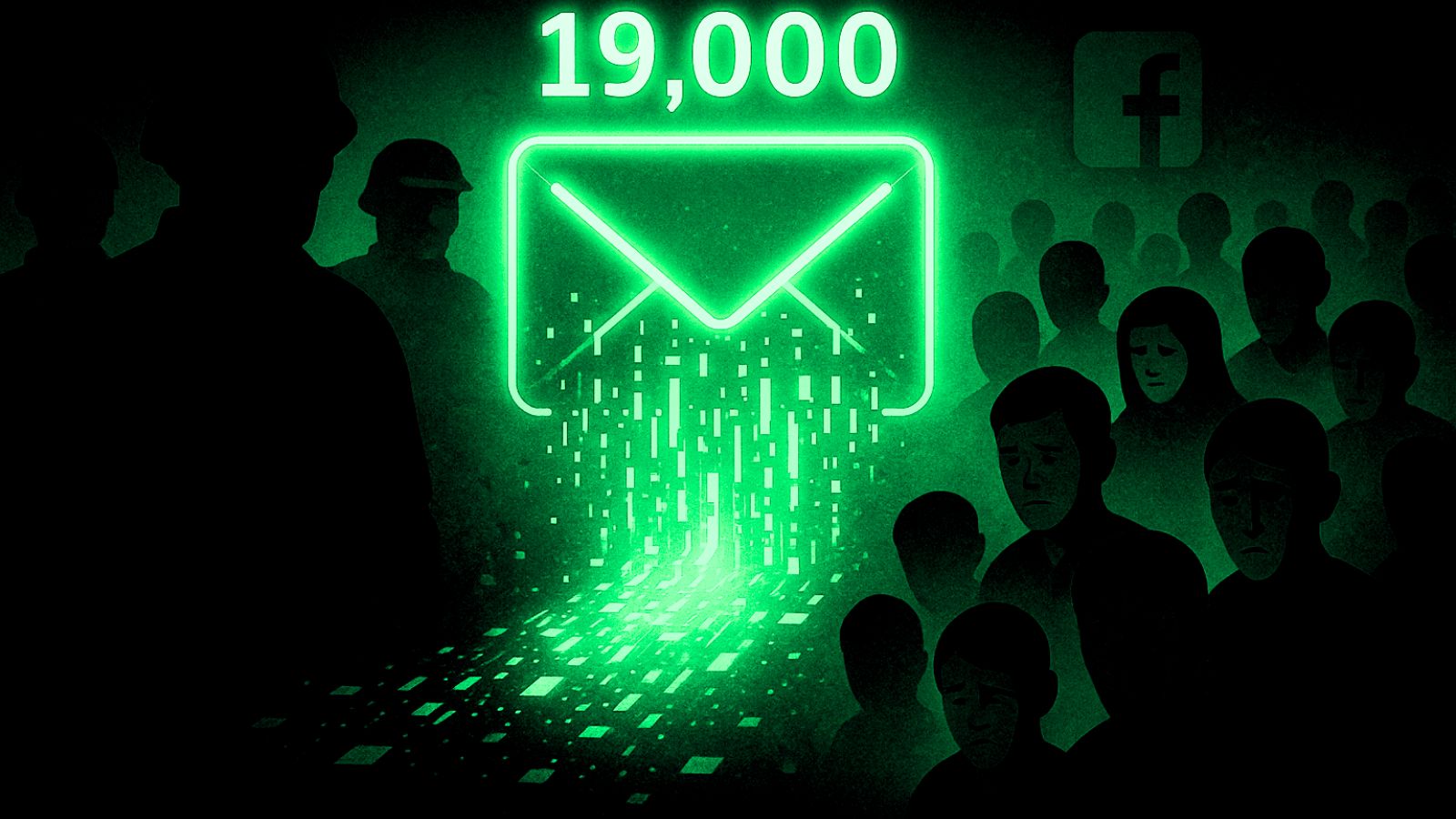
Philips Hue Bridge 1st Gen Support Ends in April 2020
- Philips ends online platform support for the first generation of the Hue Bridge lighting products.
- Users will now be able to control their lamps via the smartphone app, but there will be no security updates.
- There is a trend in the industry pushing products to obsolescence in just a couple of years.
Philips has announced the end of support for their first generation of the Hue Bridge “smart” lighting product range, and it’s set on April 30, 2020. As they announced, no software updates will be made available from then on, and the compatibility of the product family with the online services of the platform will be terminated. So, the only way for the users to control Hue Bridge v1 will be to use the Philips Hue application on their mobile device. This is a system that was released back in October 2012, so Philips will have achieved seven years of support by the upcoming April.
After April 2020 no software updates will be made available for the Hue Bridge v1 and compatibility with our online services will be terminated at that time. The Hue Bridge v1 can still be controlled locally via the dedicated Philips Hue Bridge v1 app. >>
— Philips Hue (@tweethue) March 6, 2020
While this may sound good enough, there are many people out there who paid a hefty amount for Philips Hue between 2012 and 2015, and would surely love to keep on using the full range of the product’s potential. After all, these lamps are working just fine, so why would they have to pay for a newer generation replacement after all? The short answer for this is the cost of support, and the numbers just don’t add up for Philips. Recent discoveries proved that keeping these "smart" lamps secure requires more devotion and resources than what Philips may have had in mind, so focusing their resources on the second and third generation was the way to go.
The sad part of this story though is that the users of the first generation aren’t offered any incentives to upgrade, and Philips is running no recycling programs for the first generation. We are seeing many companies nowadays abandoning their older products, making them obsolete without any regard to the environmental burden, and even bricking them to ensure that they are not resold to others. All of this is happening while these products are still working perfectly fine, and their owners would otherwise have no reason at all to replace them.
Maybe the biggest example of this obsolescence of perfectly good products comes from the world of smartphones, and Android in particular. Everything that’s running Android 7.0 Nougat and before is no longer supported by Google, and this means that users are not getting security updates. Android 7.0 was released in August 2016, and many phones released up to 2017 came with it out of the box. This means that we have products that are barely three years old and they are as good as trash for the garbage bin. “Which?” has recently estimated the number of these devices and found it to be approximately one billion.





